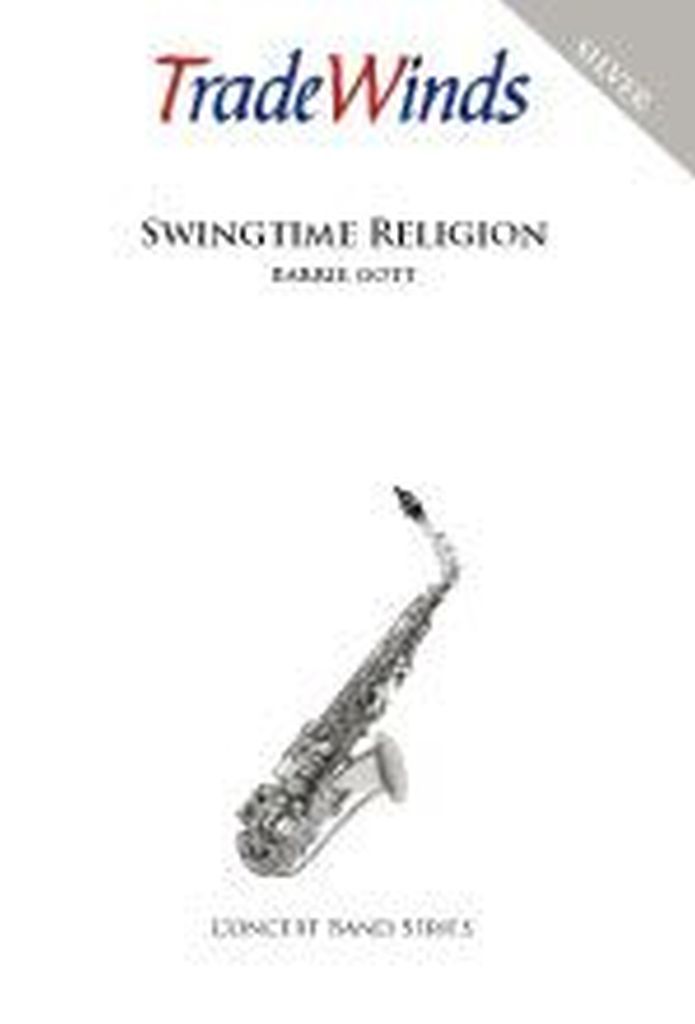Results
-
£28.00
Alte Kameraden - Carl Teike - Colette Mourey
Vieux Camarades / Old Comrades
Estimated dispatch 10-14 working days
-
£118.00
Dix - Conrad Kocher - Hardy Schneiders
As With Gladness Men Of Old
Estimated dispatch 10-14 working days
-
£16.00
5 Duette alter Meister
5 Duos des anciens matres / 5 Duets From The Old Masters
Estimated dispatch 10-14 working days
-
£23.00
Duet Album Vol. 1
1. Mlodie de l'Eurovision (J. F. Michel) / 2. Old Folks At Home (Stephen Foster) / 3. O du Frhliche / 4. Weinachtslied / 5. Grand Dieu nous te bnissons / 6. Hymne la Joie (Ludwig van Beethoven) / 7. Happy Birthday / 8. Ce n'est qu'un au revoir / 9. Cou Cou / 10. Carnaval de Venise / 11. Muss i denn zum Stdtele hinaus! / 12. Frre Jacques / 13. Marche / 14. Santa Lucia / 15. Volkslied aus der Schweiz / 16. Amazing Grace / 17. Glory, Glory Alleluja / 18. Funiculi, Funicula / 19. American Traditional / 20. Le bon Roi Dagobert / 21. Chant des Toradors / 22. Traditionnel Ecossais / 23. O Tannenbaum / 24. Ah si pure (Friedrich von Flotow) / 25. Schweizer Volkslied / 26. La Cucaracha / 27. Jericho / 28. Deep River / 29. La Paloma / 30. Swing Low, Sweet Chariot
Estimated dispatch 10-14 working days
-
£18.00
Sonata No. 2 - Marco Uccellini - John Glenesk Mortimer
The Old Nag / Der alte Klepper / Le vieux canasson
Estimated dispatch 10-14 working days
-
£127.00
The King of Siam (CB) - Pimpanit Karoonyavanich
Many foreigners who travel to Thailand for the first time always wonder why Thai people love their king so much, even more than their own life. However, that question is quickly answered after they realize how much our king sacrifies his life to develop Thai people's way of living especially the poor ones. He proves that the "love" from his people doesn't come from his birth as the royal family, but from his hard-working. As a Thai composer, Pimpanit wrote this piece out of her love and gratefulness she has to her beloved king of Thailand, His Majesty King Bhumibol Adulyadej, in the occasion of his 88 years old birthday. At this moment he already marks 70 years on the throne and he is also the world's longest-reigning living monarch, ascended to the throne. "Siam" was the name of Thailand before 1948.
Estimated dispatch 7-14 working days
-
 £54.95
£54.95Swingtime Religion
An exciting arrangement, in big-band style, based on the gospel song, 'Give me that old time religion' and an original melody.
Estimated dispatch 7-14 working days
-
 £64.00
£64.00New Places
This inspiring original piece is written about the excitement of going to a new place and entering a new chapter of life. The tender and wistful middle section provides a moment of reflection about missing the old and familiar, building toward the courage to seek out new adventures.
Estimated dispatch 12-14 working days
-
 £42.00
£42.00Groovin' with St. Nick
Groovin' With St. Nick is a fun take on the familiar carol Jolly Old St. Nicholas. This funky arrangement is sure to be a favorite of developing players. The piece is playable by the youngest of bands and features a rhythmic "groove" at the end that all percussionists will enjoy.
Estimated dispatch 12-14 working days
-
 £38.00
£38.006-Note Santa
This arrangement of Jolly Old Saint Nicholas is perfect for the beginning band winter concert. Based on the first 6 notes of the concert Bb scale, the scoring ensures every instrument gets a chance to play the rhythmically simple melody. The only eighth notes appear in the snare drum part. Written with the composer's typical expertise for a great sounding and easy-to-put together composition, try this for a jolly good time.
Estimated dispatch 12-14 working days
